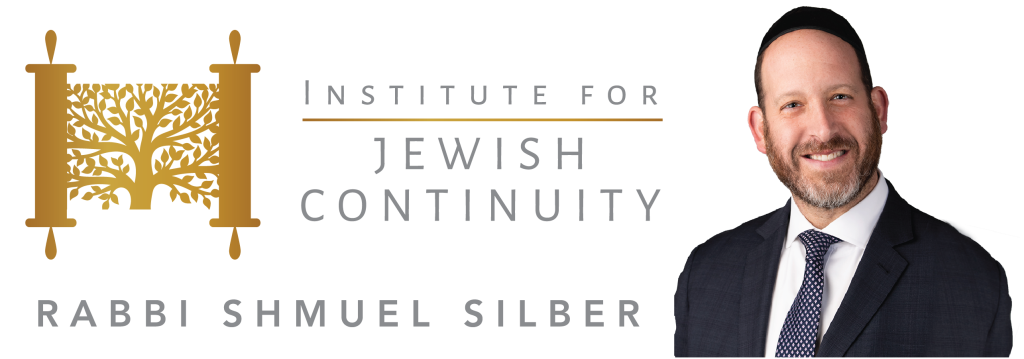“When you besiege a city for many days to wage war against it to capture it, you shall not destroy its trees by wielding an ax against them, for you may eat from them, but you shall not cut them down. Is the tree of the field a man, to go into the siege before you?” (Devorim 20:19)
Wars must be fought, and when the Jewish army fights, it must fight to win. Victory often comes with a heavy price; lives are lost, and resources destroyed. The Torah teaches that even in war, one cannot engage in wanton destruction. If the fruit trees are providing cover for the enemy, if they somehow pose a threat to the Jewish soldiers, they may be destroyed. But to destroy for the sake of punitive destruction is prohibited. God makes this point with a simple rhetorical question, “Is the tree of the field a man? Is the tree your combatant? Is the tree your enemy?” Of course not – so don’t unleash your rage against an inanimate creation of God.
The Lubavitcher Rebbe (Rabbi Menachem Mendel Schneerson, 1902-1994) provides an additional insight. The Rebbe explains that the verse can also be understood as a declarative statement, “Ki ha’Adam etz haSadeh (Man is like the tree of the field).” What similarity is there between the man and a tree? Man is the crown jewel of creation with the ability to speak, think and exercise free choice. The tree is inanimate and rooted in one place. Yet, man and tree share many commonalities.
Roots The tree has roots which enable it to draw nutrients from the ground. Man must learn to plant roots as well. Man must attach himself to Torah and the framework of spirituality in order to nourish his soul and grow. The deeper the roots, the more nutrients the tree can soak up. The stronger the connection to Torah and God, the more vitality one possesses. If the roots die, the tree may continue to look vital for some short period of time, but ultimately it will wither and die. If man doesn’t create roots, attach himself to the source, to God, Torah, our people – he may not wither and die but certainly will not flourish. Nourishing the roots ensures man and tree will blossom.
Fruit The greatest accomplishment for the tree is to produce fruit. Although a tree can be useful for shade or wood, the ability to produce fruit is a form of unparalleled vitality. Man must produce fruit as well. The fruit of man are his accomplishments. Every piece of Torah one learns is a fruit produced. Every act of kindness and charitable deed is another fruit which blossoms. Leading one’s family in the ways of our ancestors, inspiring others to grow and self-actualize; these are the beautiful fruits one can create. The fruit represent units of growth. The moment the fruit tree stops producing fruit is the moment it loses its purpose and meaning. The moment man stops producing the fruit of growth and accomplishment is the moment that life comes to an end. The success of one’s life is fundamentally measured by the fruit he produces.
Pruning Sometimes for the tree to grow stronger, one must cut off some of the branches. Dead or misshapen branches can impede on the future growth of the tree. We all have dead branches. These are the parts of our personality and lifestyle which are unhealthy and destructive. It can be difficult and at times painful to cut off branches, but if they’re not removed, the tree can’t grow. The farmer must know which branches to remove and which to leave. We must identify the personality and lifestyle branches which must be removed to allow the rest of our soul to grow.
We each have many teachers from whom we learn throughout our journey in this world. We learn from God, we learn from our Torah, we learn from great and righteous people and we learn from the trees. May we utilize these arboreal lessons to nurture our roots, produce beautiful fruit and find the courage to prune.
Sourcesheet

